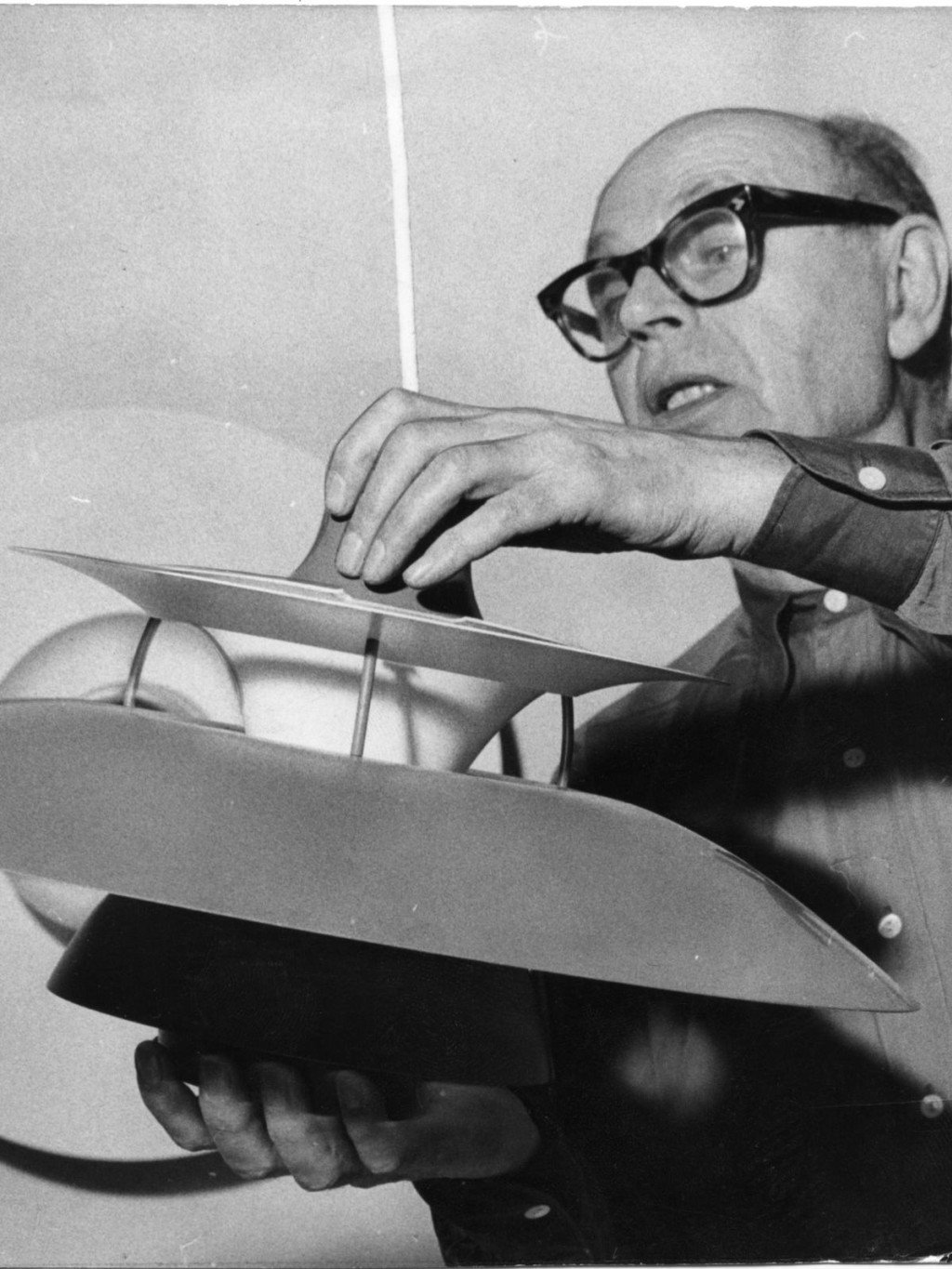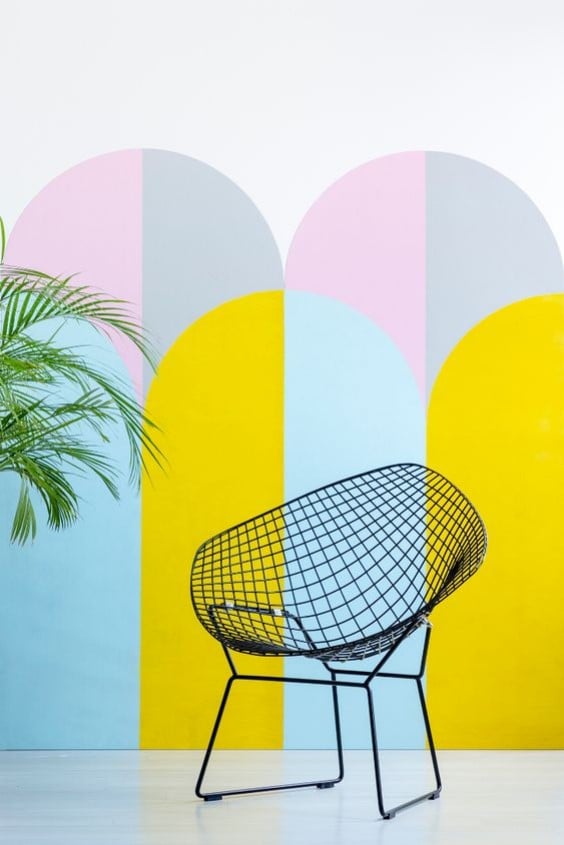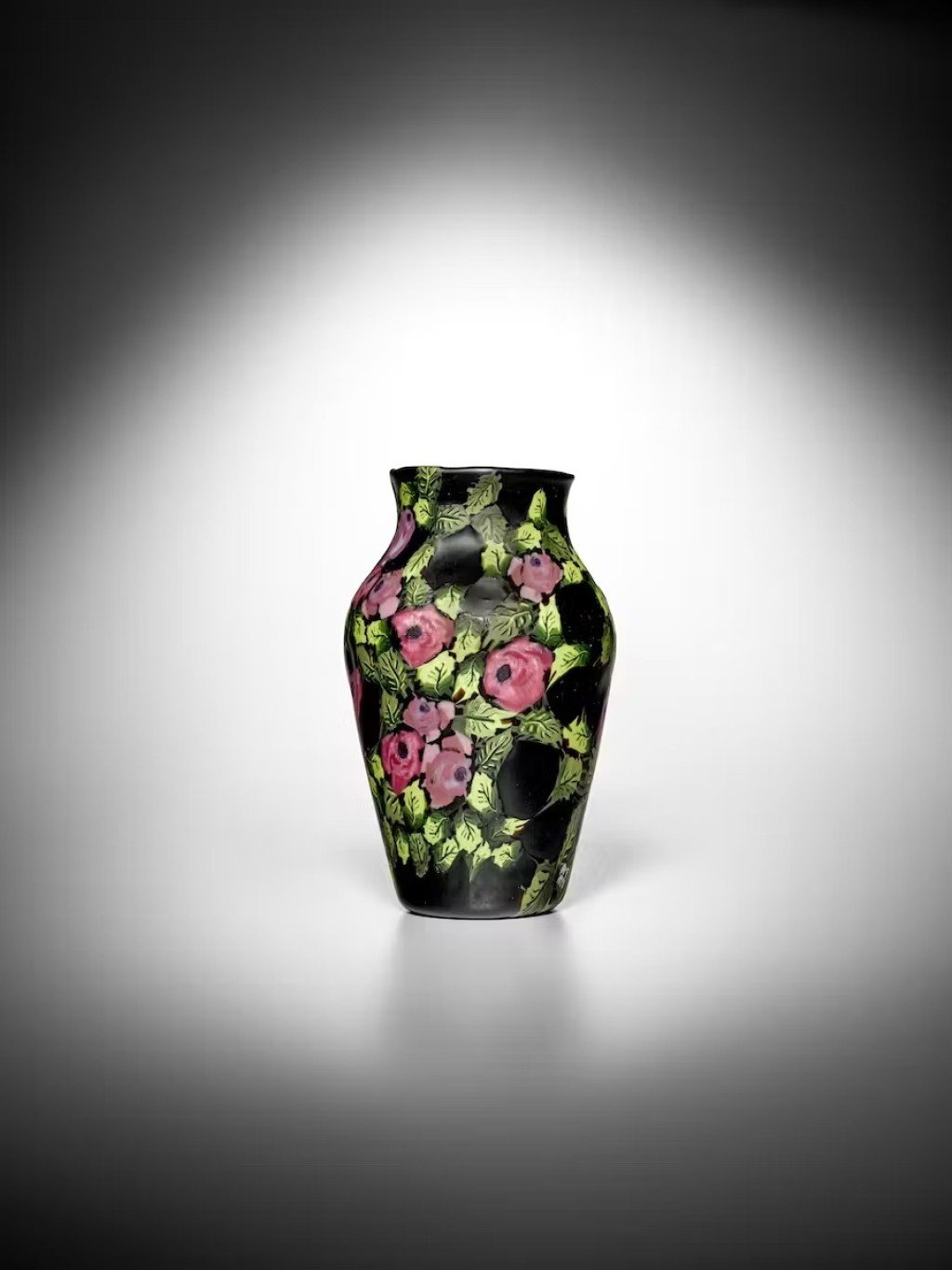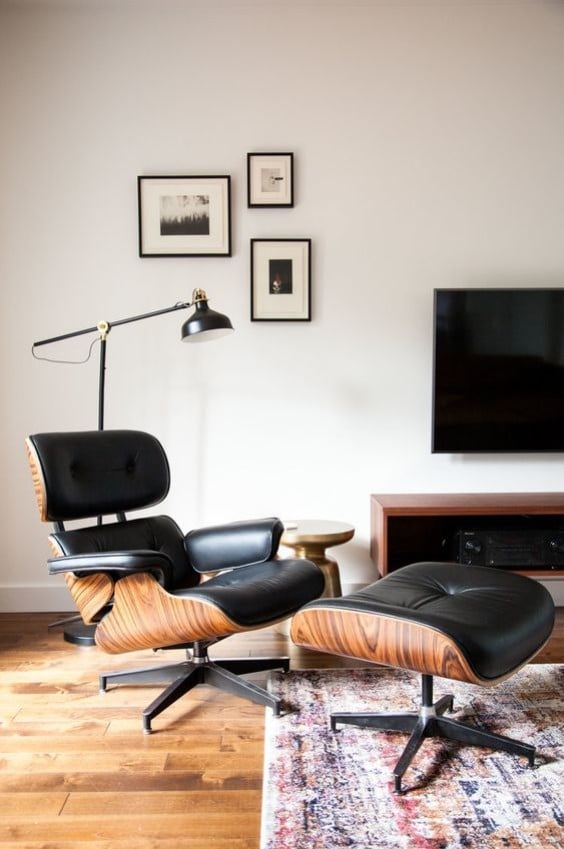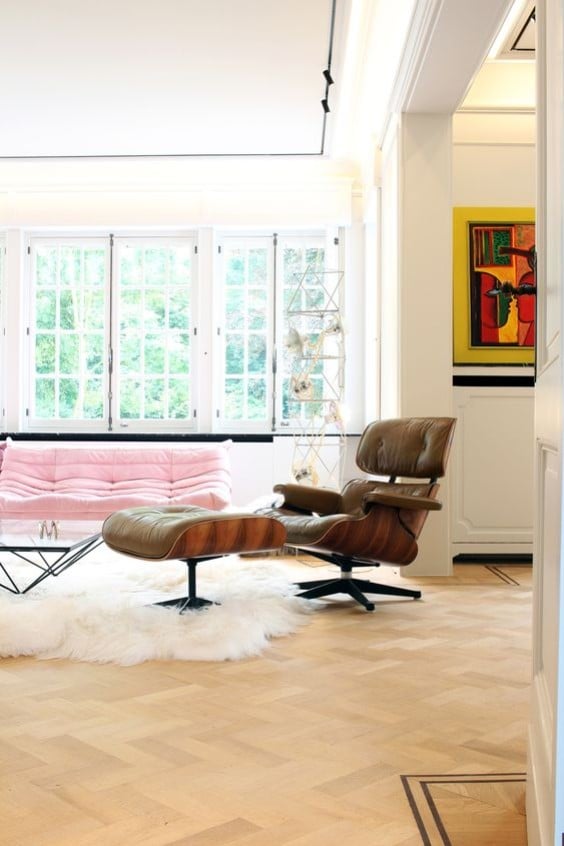In late 2018 and early 2019, the Vitra Design Museum offered a unique exhibition titled: "Chairs of Power." It explored how approaches to political, social and economic power continue to be expressed in our seating. Chairs and armchairs have been an extraordinary field of experimentation for 20th century designers, often allowing them to achieve international recognition... and in turn to exert a power of attraction with major publishers... We've selected 10 legendary seating designs that continue to fascinate...

© Hook Films, courtesy of Vitra
It still amazes and detracts with its geometric lines, austere, almost "military" look and colors escaped from a Mondrian painting... In 1918, the Dutch designer, architect and cabinetmaker Gerrit Rietveld (1888-1964) strikes hard with The Red and Blue Chair, or Rietveld Chair. A fellow traveler of the Dutch art movement De Stijl, Rietveld redefined modernity. The Rietveld chair is the symbol of the neoplastic aesthetic advocated by Piet Mondrian and Theo van Doesburg.

Let's give credit where credit is due. Thus could we introduce the presentation of the cult LC4 chaise longue still called Chaise Longue. Charlotte Perriand (1903-1999), with her famous continuously adjustable chaise longue, made one of her first pieces for and with the great master Le Corbusier and Pierre Jeanneret. A masterpiece of ingenuity. Although officially signed by the 3 authors Le Corbusier, Charlotte Perriand and Pierre Jeanneret, it was not until the late 2010s that the design of the seat was recognized as the work of Charlotte Perriand.


History will remember that the great German architect Ludwig Mies van Der Rohe (1886-1967) designed the Barcelona chaise longue to gracefully dress the German pavilion at the Barcelona World's Fair in 1929. But the famous and classy lounge chair was also designed with his most faithful collaborator: Lilly Reich (1885-1947). The "Barcelona," still considered one of the most iconic works of 20th century decorative arts, remains a model of timeless elegance.

Beware, cult model! So much so, that the seat we're introducing now was awarded the title of "the most beautiful chair in the world" by American Interiors magazine in 1950. In 1949, the Danish designer Hans Wegner (1914-2007) designed the Round chair, a seat marked by the simplicity and elegance of functional forms, served by a perfect joinery. For Wegner: "A chair cannot be looked at from behind. It must be beautiful from every angle. The Round chair, an icon of Scandinavian design, stands in contrast to the cold metal of the Bauhaus style.


They have become icons of American and global design. Charles and Ray Eames (1907-1978 / 1912-1988) influenced post-war design with their work with molded plywood. In 1956, they decided to modernize the famous English club chair, and created for the publisher Herman Miller the Lounge chair also called Eames Long Chair and Ottoman. Its success is due to its superb molded shell of rosewood plywood that blends beautifully with leather. And what comfort!


2 years later, it is organic design that triumphs with the Egg chair by Arne Jacobsen (1902-1971) designed for the lobby and reception areas of the Royal Hotel, Copenhagen. The Egg chair symbolizes the "coziness" that is intrinsic to Scandinavian design: a comfortable, enveloping seat that provides a certain intimacy for the user. Ideal for living rooms and waiting areas, as well as the home where its poetic sculpturality works wonders!

Another icon of Scandinavian design, the Ball chair (in French sometimes called "Chaise-Globe") is an armchair designed in 1963 by the Finnish designer Eero Aarnio (1932). The Ball chair is emblematic of the wind of modernity that blows on the design of the 60s, in full triumph of Pop Art. Its futuristic allure makes it a particularly sought-after collector's item, a unique look!

In the middle of the 60s which sees new materials appearing such as plastic and its derivatives, but also polyurethane foam (synthetic foam rubber) which allows designers of the time all the boldness in terms of forms, the designer Olivier Mourgue (1939)
hits the nail on the head with his famous Djinn chair. A silhouette so futuristic that it stands out in a few scenes of Stanley Kubrick's cult film: 2001, A Space Odyssey, released in 1968.

Closer to home, what about the delicate poetry of Japanese designer Shiro Kuramata's (1934-1991) Miss Blanche armchair? Artificial rose petals seem to float in space, specifically in a block of acrylic (PMMA, transparent plastic) that has been cast in a mold. The high point in the career of a singular creator, a precursor of transparency, combining humor and poetry in light and minimalist pieces...


Finally, we selected the Louis Ghost chair by French designer Philippe Starck. Designed at the beginning of the new century, here is a seat that takes up the challenge of embodying the past, the present and the future at the same time: the baroque spirit in the 21st century! Directly inspired by the Louis XVI style, this chair is made of polycarbonate, a very resistant plastic. Lightweight, stackable, sturdy and available in several colors, the Louis Ghost resurrects the ghosts of the past with a cheeky modernity...

François BOUTARD

